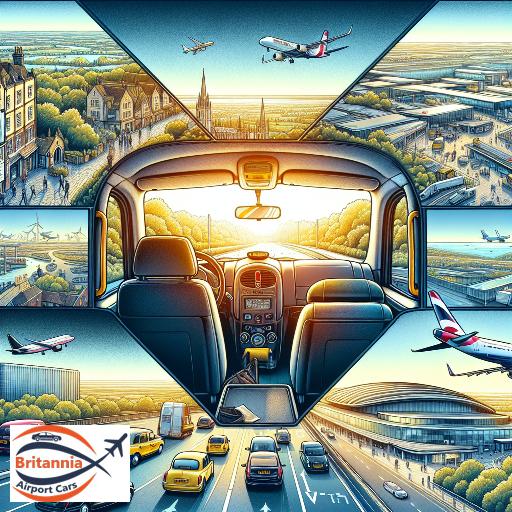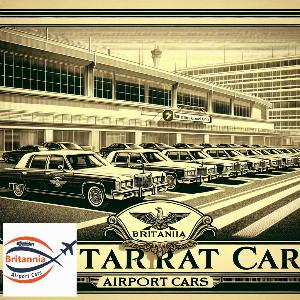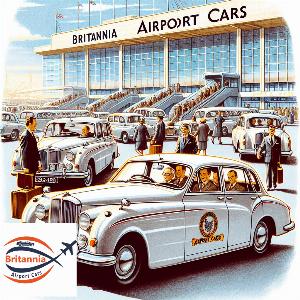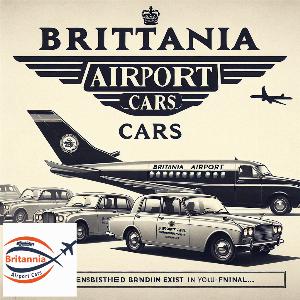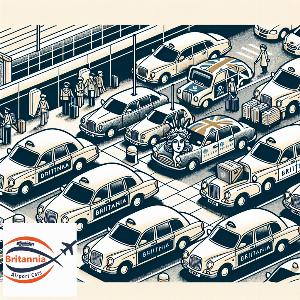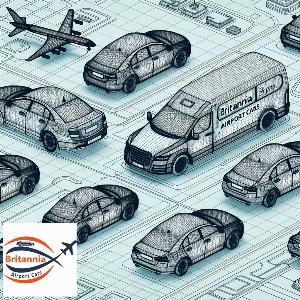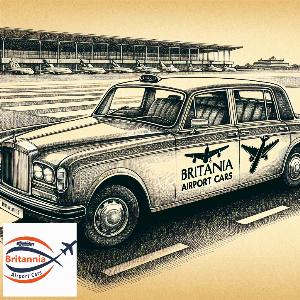What is now known as London Gatwick airport first opened its doors in 1931 as a private facility controlled by Home Counties Aviation Services. After some serious construction was done, the initial terminal together with the taxiways and aprons were opened in 1936. Travelers arriving by train would use covered walkways and subways to enter the airport. Gatwick Airport was initially a Royal Air Force airfield during World War II that was later enlarged through the purchase of a nearby racetrack.
When it comes to civic use, nevertheless, it was mostly grassland in 1946.The government designated Gatwick as London's second flying field seven years later, in 1953. The old airport was shut down for extensive renovations, but when it reopened formally three years later, Gatwick had already been transformed into a modern facility with a 2000-foot runway, a terminal with a rail station, and a coated pier connecting the terminal with craft—the first of its kind in the UK.
Within the 1980s, charter traffic grew significantly, with over 1M passengers passing through Gatwick. Two additional piers were constructed, and the terminal was expanded. Gatwick was still the fourth busiest airport in the UK at the time, but British United Airways, the operator that was most active at the time, was gradually launching routine routes.
Gatwick Airport in London started serving as a transatlantic gateway in 1978. Gatwick had already enlarged its runway to accommodate the long-haul time jets and significantly renovated the terminal by the time Delta, Braniff, and British Caledonian launched their operations to the USA.
